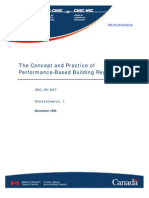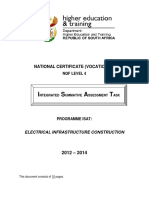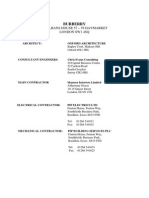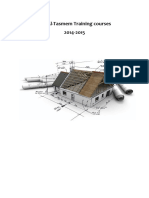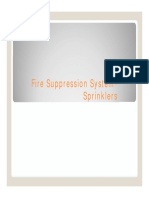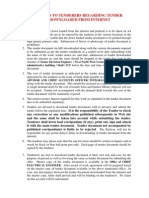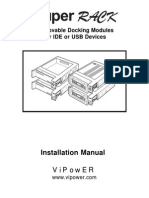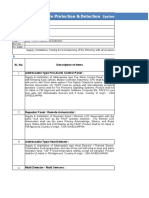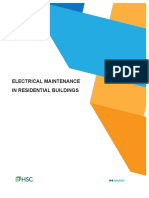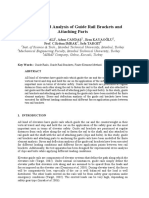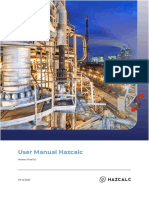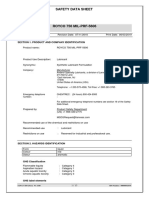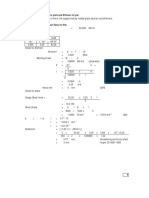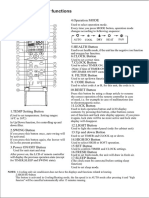0% found this document useful (0 votes)
105 views22 pagesEnergy Audit For Building: Avinash Kumar R
This document provides an overview of conducting an energy audit for a building. It discusses how buildings account for a significant portion of energy consumption and highlights standards like ECBC aimed at improving energy efficiency. The document outlines focusing the audit on areas like HVAC, lighting, and pumps which take up major energy loads. It provides details on collecting utility bills, equipment details, and performing measurements. Finally, it lists several potential energy conservation measures that could be implemented through operational changes, low-cost upgrades, retrofitting, or replacing equipment.
Uploaded by
Avinash Kumar RCopyright
© © All Rights Reserved
We take content rights seriously. If you suspect this is your content, claim it here.
Available Formats
Download as PPTX, PDF, TXT or read online on Scribd
0% found this document useful (0 votes)
105 views22 pagesEnergy Audit For Building: Avinash Kumar R
This document provides an overview of conducting an energy audit for a building. It discusses how buildings account for a significant portion of energy consumption and highlights standards like ECBC aimed at improving energy efficiency. The document outlines focusing the audit on areas like HVAC, lighting, and pumps which take up major energy loads. It provides details on collecting utility bills, equipment details, and performing measurements. Finally, it lists several potential energy conservation measures that could be implemented through operational changes, low-cost upgrades, retrofitting, or replacing equipment.
Uploaded by
Avinash Kumar RCopyright
© © All Rights Reserved
We take content rights seriously. If you suspect this is your content, claim it here.
Available Formats
Download as PPTX, PDF, TXT or read online on Scribd
/ 22





